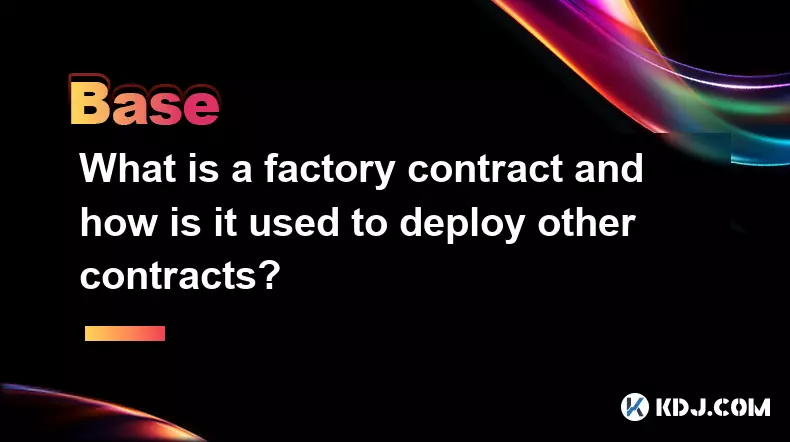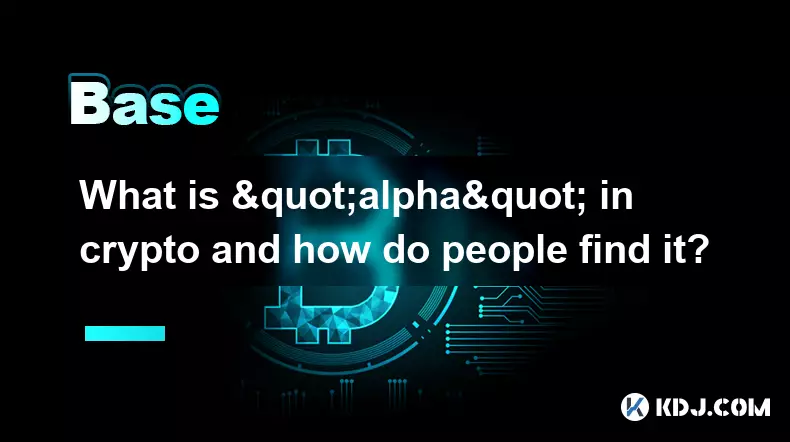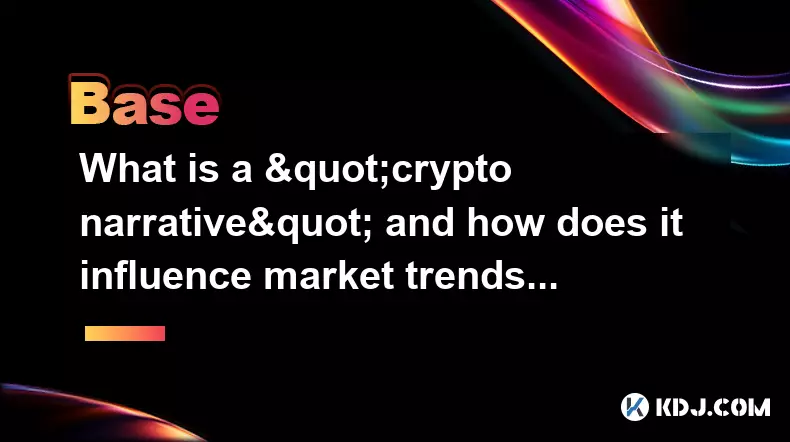-
 bitcoin
bitcoin $102877.190955 USD
1.88% -
 ethereum
ethereum $3430.435064 USD
4.52% -
 tether
tether $0.999264 USD
-0.05% -
 xrp
xrp $2.307310 USD
4.49% -
 bnb
bnb $987.740692 USD
3.82% -
 solana
solana $161.947760 USD
3.97% -
 usd-coin
usd-coin $0.999712 USD
-0.05% -
 tron
tron $0.292810 USD
2.93% -
 dogecoin
dogecoin $0.179738 USD
10.70% -
 cardano
cardano $0.580716 USD
8.75% -
 hyperliquid
hyperliquid $42.463448 USD
8.40% -
 chainlink
chainlink $15.763437 USD
7.05% -
 zcash
zcash $649.595636 USD
17.21% -
 bitcoin-cash
bitcoin-cash $511.610261 USD
7.19% -
 stellar
stellar $0.292537 USD
7.91%
What is a token vesting schedule and why is it important for new projects?
Token vesting schedules ensure long-term commitment by gradually releasing tokens, preventing dumps and boosting investor trust.
Nov 08, 2025 at 10:59 am

Understanding Token Vesting Schedules in Cryptocurrency Projects
A token vesting schedule refers to a predetermined timeline that governs the release of tokens to team members, advisors, investors, and other stakeholders in a blockchain project. Instead of distributing all allocated tokens at once upon launch, these tokens are locked and gradually released over weeks, months, or even years. This mechanism is embedded into smart contracts and enforced automatically on the blockchain, ensuring transparency and trust.
The primary purpose of a vesting schedule is to align long-term incentives with project sustainability. Without such a structure, key participants could dump their tokens immediately after a public sale or listing, leading to massive sell pressure and destabilizing the market. By staggering releases, projects encourage continued involvement and discourage short-term speculation from insiders.
Key Components of a Typical Vesting Structure
- Cliff Period – A set duration during which no tokens are released. For example, a 6-month cliff means stakeholders receive nothing until the sixth month post-launch.
- Linear or Gradual Release – After the cliff, tokens are distributed at regular intervals (e.g., monthly or quarterly) over the remainder of the vesting period.
- Total Duration – Vesting periods commonly range from 12 to 48 months, depending on the role of the recipient (team, advisors, private investors).
- Smart Contract Enforcement – Most modern projects use immutable smart contracts to automate distribution, eliminating manual intervention and reducing fraud risk.
- Custom Rules – Some schedules include performance-based milestones or allow early unlocking under specific conditions, though this is less common.
Why Vesting Matters for Project Credibility
- Investor Confidence – Transparent vesting signals that the team is committed for the long haul. Investors are more likely to participate if they know founders won’t exit prematurely.
- Market Stability – Gradual token inflows prevent sudden oversupply, helping maintain price stability during the critical early stages of a project’s lifecycle.
- Team Accountability – When core developers and executives have skin in the game over multiple years, they are incentivized to deliver consistent progress and avoid abandoning the project.
- Reduced Dump Risk – Large token holders, especially early investors, pose a significant threat if they liquidate quickly. Vesting mitigates this by limiting immediate access to full allocations.
- Fair Distribution Narrative – Projects with well-structured vesting are perceived as more equitable and less prone to centralization, enhancing community trust.
Common Vesting Models Across Different Stakeholder Groups
- Core Team – Often subject to the longest vesting terms, typically 3–4 years with a 1-year cliff. This ensures leadership remains engaged through major development phases.
- Advisors – Usually receive smaller allocations with 1–2 year vesting periods, reflecting their consultative rather than operational role.
- Private Investors – May have shorter lockups (6–12 months) but still face gradual release schedules to prevent coordinated sell-offs.
- Public Sale Participants – Generally receive immediate access, though some projects impose short lockups (e.g., 30–90 days) to curb instant flipping.
- Reserve and Ecosystem Funds – These are often vested over several years to support ongoing development, marketing, and grants without flooding the market.
Frequently Asked Questions
What happens if a team member leaves before their tokens are fully vested?In most cases, unvested tokens are forfeited and returned to the project’s treasury or burned. The exact outcome depends on the contractual terms encoded in the smart contract or defined in legal agreements.
Can vesting schedules be changed after deployment?Typically, no. Once a vesting contract is deployed on-chain, it cannot be altered unless it was built with upgradeable logic — which is rare due to trust concerns. Immutable contracts are preferred to ensure predictability and prevent manipulation.
How do investors verify a project’s vesting schedule?Reputable projects publish their tokenomics documentation, including detailed vesting breakdowns. Additionally, blockchain explorers allow users to inspect smart contracts and track token unlock timelines directly on-chain.
Are there risks associated with overly long vesting periods?Yes. While extended vesting promotes commitment, excessively long lockups might discourage top talent who prefer liquidity or faster reward realization. Striking a balance between incentive alignment and flexibility is crucial.
Disclaimer:info@kdj.com
The information provided is not trading advice. kdj.com does not assume any responsibility for any investments made based on the information provided in this article. Cryptocurrencies are highly volatile and it is highly recommended that you invest with caution after thorough research!
If you believe that the content used on this website infringes your copyright, please contact us immediately (info@kdj.com) and we will delete it promptly.
- Stablecoins, Monetary Policy, and the Fed: A New Balancing Act?
- 2025-11-08 17:00:01
- Presale Wars: Digitap ($TAP) and BlockDAG – A 1000x Face-Off?
- 2025-11-08 16:45:02
- Bitcoin Crash Incoming? Peter Schiff's Gold Bugle Sounds Again!
- 2025-11-08 17:15:01
- Zcash Soars Past $500: Privacy Coin Rally Ignites!
- 2025-11-08 17:05:01
- Ethereum Price, Bitcoin, 2027 Prediction: What's the Buzz?
- 2025-11-08 17:15:01
- Solana ETFs and Trading: Riding the Institutional Wave
- 2025-11-08 17:20:02
Related knowledge

How does a crypto insurance protocol work?
Nov 08,2025 at 12:39am
Understanding Crypto Insurance Protocols1. A crypto insurance protocol operates by offering financial protection against losses incurred from digital ...

What is a decentralized storage network and how does it compare to cloud services?
Nov 07,2025 at 11:59pm
Understanding Decentralized Storage Networks1. A decentralized storage network distributes data across a peer-to-peer infrastructure rather than relyi...

What is a factory contract and how is it used to deploy other contracts?
Nov 08,2025 at 04:20am
Understanding Factory Contracts in Blockchain Development1. A factory contract is a smart contract designed to create and deploy other smart contracts...

What is "alpha" in crypto and how do people find it?
Nov 08,2025 at 06:19pm
Understanding Alpha in the Cryptocurrency Space1. In the context of cryptocurrency, 'alpha' refers to valuable, non-public information or insights tha...

What is a "crypto narrative" and how does it influence market trends?
Nov 08,2025 at 07:00am
Understanding the Concept of a Crypto Narrative1. A crypto narrative refers to the collective belief or story that emerges within the cryptocurrency c...

What is an address poisoning scam and how can you prevent it?
Nov 08,2025 at 02:20am
Understanding Address Poisoning Scams in the Crypto Space1. An address poisoning scam is a deceptive tactic used by malicious actors within the crypto...

How does a crypto insurance protocol work?
Nov 08,2025 at 12:39am
Understanding Crypto Insurance Protocols1. A crypto insurance protocol operates by offering financial protection against losses incurred from digital ...

What is a decentralized storage network and how does it compare to cloud services?
Nov 07,2025 at 11:59pm
Understanding Decentralized Storage Networks1. A decentralized storage network distributes data across a peer-to-peer infrastructure rather than relyi...

What is a factory contract and how is it used to deploy other contracts?
Nov 08,2025 at 04:20am
Understanding Factory Contracts in Blockchain Development1. A factory contract is a smart contract designed to create and deploy other smart contracts...

What is "alpha" in crypto and how do people find it?
Nov 08,2025 at 06:19pm
Understanding Alpha in the Cryptocurrency Space1. In the context of cryptocurrency, 'alpha' refers to valuable, non-public information or insights tha...

What is a "crypto narrative" and how does it influence market trends?
Nov 08,2025 at 07:00am
Understanding the Concept of a Crypto Narrative1. A crypto narrative refers to the collective belief or story that emerges within the cryptocurrency c...

What is an address poisoning scam and how can you prevent it?
Nov 08,2025 at 02:20am
Understanding Address Poisoning Scams in the Crypto Space1. An address poisoning scam is a deceptive tactic used by malicious actors within the crypto...
See all articles





















![The Graph Price Prediction [GRT Crypto Price News Today] The Graph Price Prediction [GRT Crypto Price News Today]](/uploads/2025/11/07/cryptocurrencies-news/videos/690d4df44fe69_image_500_375.webp)



















































